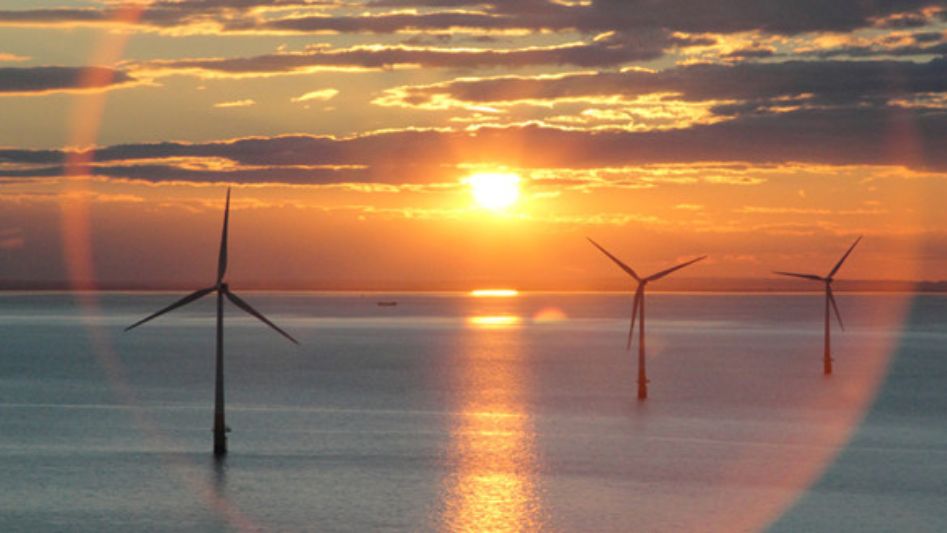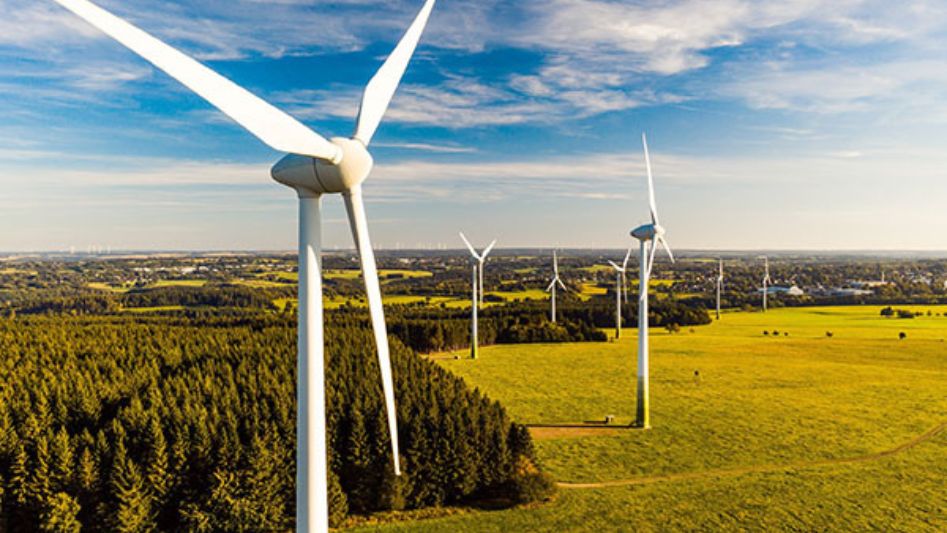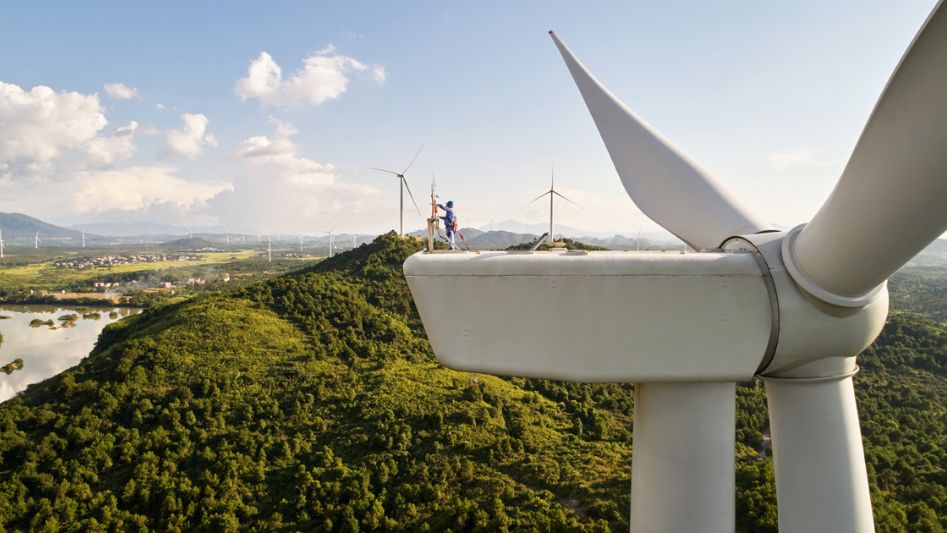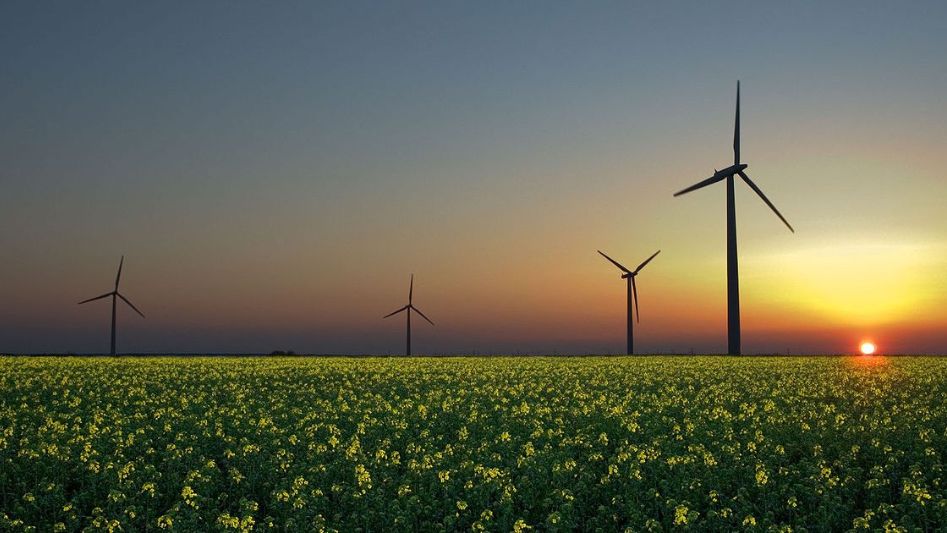Climate change poses a significant threat to the planet, with its effects being felt across various sectors, including agriculture, water resources, and energy systems. As a result, there has been an increased emphasis on climate resilience, which refers to the ability of ecosystems, communities, and businesses to withstand and recover from the impacts of climate change. One of the ways to promote climate resilience is through the development and use of renewable energy sources such as wind energy. This article explores the relationship between wind energy and climate resilience, highlighting the benefits of wind energy in promoting climate resilience.
Table Of Content
We invite you to read: “The Advantages and Challenges of Wind Energy Storage”

What is Wind Energy?
Wind energy refers to the process of converting wind into electricity. It involves the use of wind turbines to harness the kinetic energy of the wind and convert it into electrical energy. Wind energy is one of the most promising renewable energy sources, as it is abundant and widely distributed. Wind turbines are typically installed in areas with high wind speeds, such as coastal regions, mountain passes, and open plains.
Benefits of Wind Energy in Promoting Climate Resilience
Wind energy has several benefits in promoting climate resilience, including:
Reduced Emissions
Wind energy does not produce greenhouse gas emissions or air pollutants, unlike traditional fossil fuels such as coal and oil. The use of wind energy, therefore, helps to reduce the carbon footprint, which is a critical component of climate resilience.
Energy Security
Wind energy is a reliable source of energy that can provide power even during extreme weather events. Unlike traditional power plants that may be affected by natural disasters such as floods, hurricanes, and wildfires, wind turbines are designed to withstand extreme weather conditions, making them a reliable source of energy.
Diversification of Energy Mix
Wind energy provides an alternative source of energy that can help to diversify the energy mix. This helps to reduce the dependence on fossil fuels and increase the resilience of the energy system.
Economic Benefits
Wind energy creates jobs, supports local economies, and reduces energy costs, making it a valuable asset in promoting climate resilience.
We invite you to read: “The Advantages and Disadvantages of Large-Scale Wind Energy Projects”

Challenges to the Adoption of Wind Energy
Despite the benefits of wind energy, there are several challenges to its adoption, including:
- Intermittency: Wind energy is an intermittent source of energy that depends on the availability of wind. This can pose challenges to the reliability of the energy system, especially during periods of low wind.
- Infrastructure: Wind turbines require significant infrastructure, including transmission lines, substations, and access roads, which can be costly to build and maintain.
- Environmental Impact: Wind turbines can have an impact on wildlife, particularly birds and bats. The construction and operation of wind turbines can also have an impact on local ecosystems.
We invite you to read: “Wind Energy in Developing Countries: Challenges and Opportunities”

Conclusion
Wind energy has several benefits in promoting climate resilience, including reduced emissions, energy security, diversification of the energy mix, and economic benefits. Despite the challenges to its adoption, wind energy remains a promising renewable energy source that can play a significant role in promoting climate resilience. Governments and stakeholders should, therefore, invest in the development and adoption of wind energy as part of their efforts to promote climate resilience.
FAQ
How can wind energy promote climate resilience?
Wind energy helps to reduce emissions, increase energy security, and diversify the energy mix, all of which are critical components of climate resilience.
What is climate resilience?
Climate resilience refers to the ability of ecosystems, communities, and businesses to withstand and recover from the impacts of climate change.
Why is climate resilience important?
Climate resilience is important because it helps to reduce the vulnerability of communities and ecosystems to the impacts of climate change, such as extreme weather events, sea level rise, and changes in precipitation patterns.
How can wind energy help to reduce greenhouse gas emissions?
Wind energy does not produce greenhouse gas emissions, unlike traditional fossil fuels such as coal and oil. By using wind energy to generate electricity, we can reduce our carbon footprint and mitigate the effects of climate change.
You May Also Like
- Wind Energy in Reducing Dependence on Fossil Fuels
- Offshore Wind Farms: Mitigating the Challenges of Onshore Wind Energy
- The Integration of Wind Energy with Other Renewable Energy Sources
- The Importance of Wind Energy in the Energy Transition
- The Benefits of Distributed Wind Energy Systems

